

|
|
 |
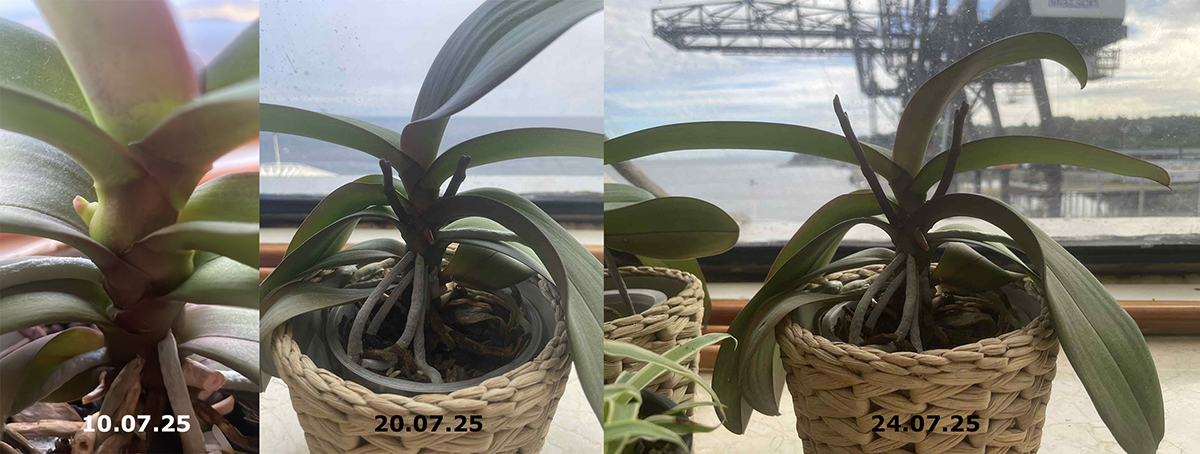 |
 |
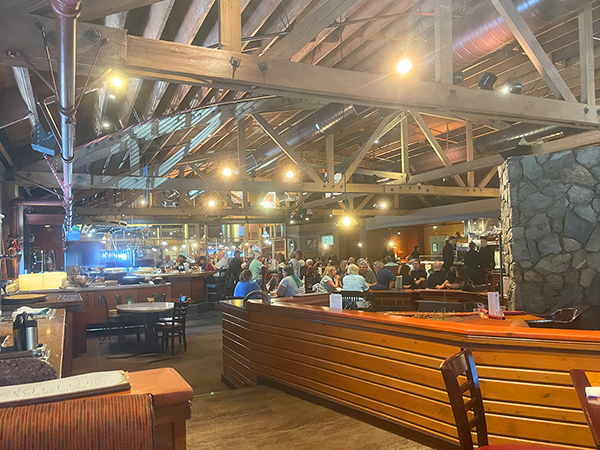 |
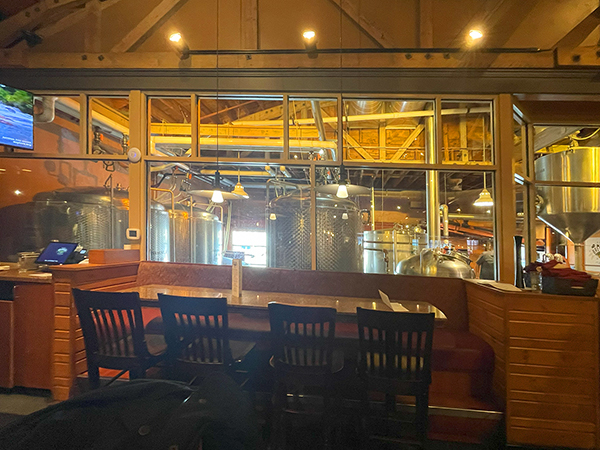 |
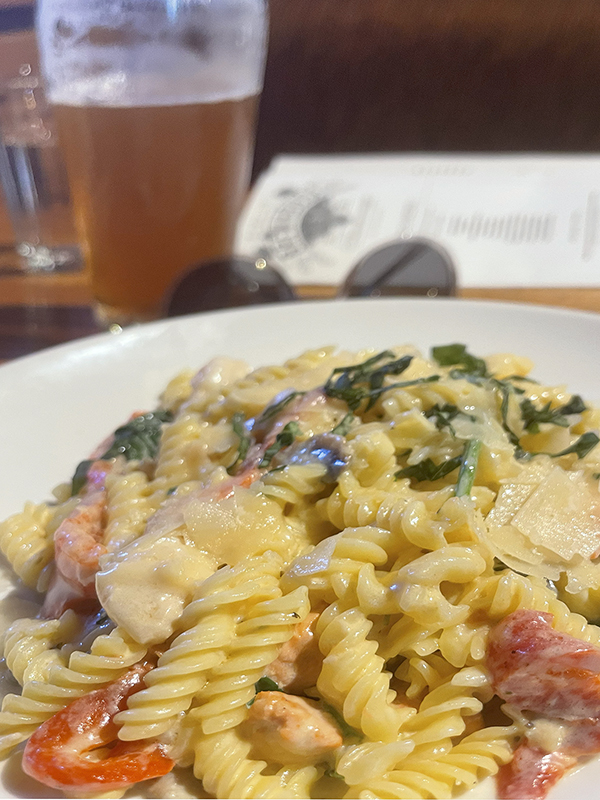 |
 |
 |
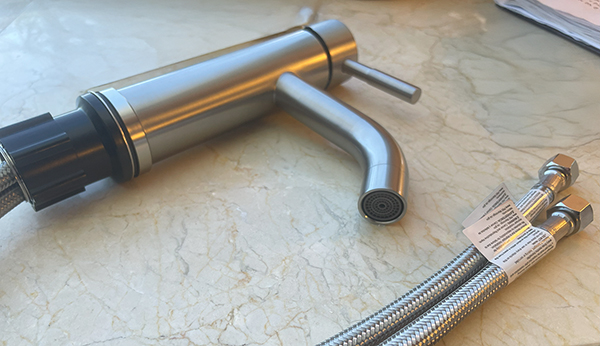 |
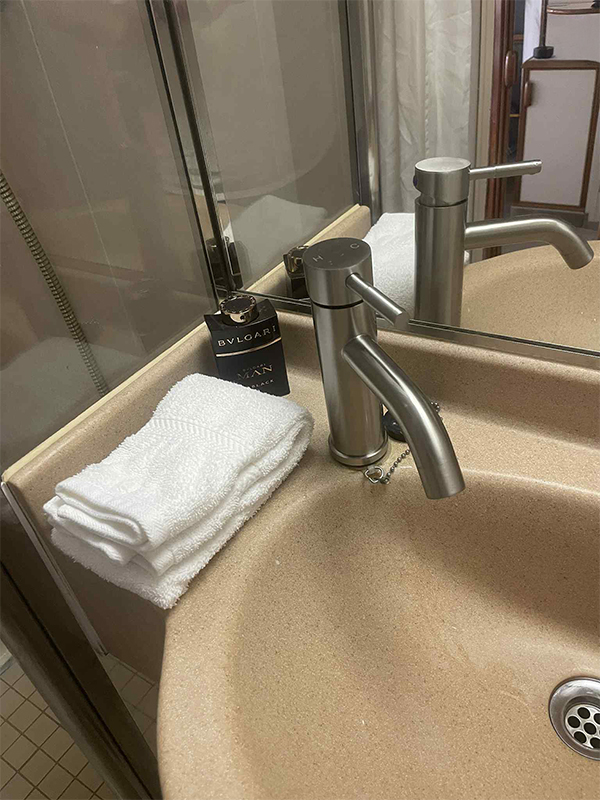 |
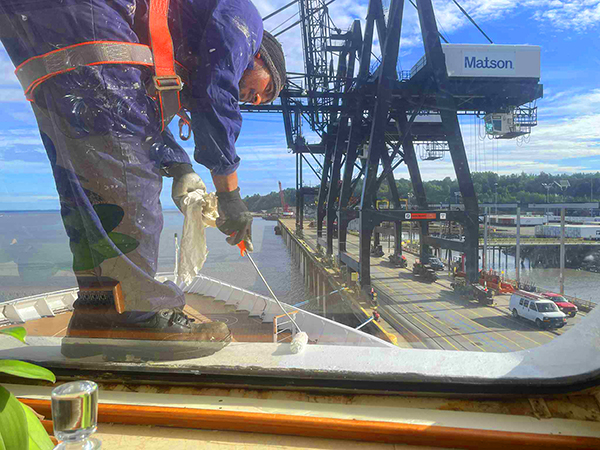 |
|
July 23-24, 2025 Marti Eicholz Cruising from Homer to Anchorage, Alaska involves a journey across the Gulf of Alaska. The Odyssey arrives in Anchorage, the “City of Lights and Flowers.” Upon arrival in Anchorage, we are bused from the port to a location near the visitor's center downtown, as the port itself is a working facility without direct access to the city. Anchorage is the place to find authentic Alaska works straight from the artist, whether you want traditional Alaska Native art, innovative crafts, salmon, local candy, all available with a sweet deal: tax-free. Anchorage is known for having no sales tax, making it a tax-friendly city. Geographically, Anchorage sits on a triangular peninsula, as far west as Honolulu, Hawaii. Anchorage is the northernmost city in the U.S. On a sunny day, you can see Denali from Anchorage, 130 miles north this 20,320-foot peak is the tallest mountain in North America. Anchorage doesn’t get as cold as you might imagine. The main body of the Pacific Ocean moderates the area’s climate. Summer daytime temperatures average between 13-25°C. Daytime averages in Anchorage during the winter range from -15 to -1°C. Anchorage receives up to 22 hours of daylight during the summer months, leading to the growth of exceptionally large vegetables, and more daylight than anywhere in the other forty-nine states. Amazing how much fits in a day when the sun barely sets. That’s called, “enjoying the Midnight Sun.” There’s a sunset, but it takes a while. The sun barely squeaks below the horizon and streetlights don’t come on. Anchorage, Alaska, is the state's largest city and serves as its primary commercial hub. It is a city of fascinating contrasts: a vibrant arts scene, home to more artists and musicians than any other place in Alaska, its unique blend of urban amenities and access to a vast rugged wilderness, including wildlife viewing like bears, moose, salmon, and outdoor recreation, offering access to Chugach State Park, hiking trails, and fishing opportunities, with glaciers nearby. Twenty thousand years ago, a massive glacier sit where Anchorage is now. Today, there are fifty glaciers within a day’s drive of Anchorage, including the Portage Glacier, several active volcanoes, and on a sunny day, you can see six different mountain ranges. Historically, Anchorage began as a tent city for workers building the Alaska Railroad. A military base built in the early 1940s helped establish Anchorage as a defense center. It grew into a major city with a diverse population. Anchorage stretches over 2,000 square miles, the size of the state of Delaware and has a population of nearly 300,000, 49% of the state’s residents, the most populous city in Alaska, in Southcentral Alaska, nestled between the Chugach Mountains and Cook Inlet. Anchorage is home to more than humans: bears (250 black bears and sixty grizzly bears), moose (more than 1,500), wolves, lynx, foxes, and other species of wildlife live within the city. While English is the common language, one hundred languages are spoken in Anchorage. Anchorage’s Mountain View is among the nation’s most diverse community. Its economy is diverse and strongly tied to natural resources, tourism, oil, government, and military activities. Anchorage is a major port, handling over 95% of freight entering Alaska. It is a major stop for international cargo plans due to its strategic location between cities like New York, Tokyo, and Murmansk. Anchorage’s bike paths travel 135 miles through the city. Pedal the crown jewel of the system, the Tony Knowles Coastal Trail, a popular eleven-mile trail-biking path where you can spot moose, see an earthquake fault line, lush greenery, get a glimpse of the tallest mountain in North America, local moose, and beluga whales chasing salmon in the bay. An one-hour cruise will bring you three hundred yards from the largest and most accessible glacier, Portage Glacier, a six-mile-long Ice Age relic that sits at the end of Portage Lake and stands ten stories tall. Watch for any fractures in the dazzling blue ice and witness a chunk of glacier crash into the lake. Hop aboard a red trolley and see all the best spots in Anchorage. Relax and listen to a full narration as you see the city, Earthquake Park, mountain views, seaplanes splash land on Lake Hood. The largest/strongest earthquake, a 9.2 magnitude quake where an entire neighborhood slid into the sea, in North America occurred in Anchorage, Alaska on March 27, 1964 (Good Friday). Take a stroll through Earthquake Park and step into history and learn about this massive quake and the ways it forever altered the Anchorage landscape, reminders of a four-minute shake. Lake Hood Seaplane Base is a large and busy seaplane base with two hundred to five hundred flights a day. Walk the pedestrian path and watch planes making a splash. Experience Turnagain Arm, a shallow, narrow strip of water, named after explorer James Cook turning around from the comfort of an luxurious Alaska train, taking you to the shores of Turnagain Arm, a fantastic place to spot wildlife, especially beluga whales and salmon, and staggering mountain views. You may see the rare but unforgettable, unique bore tide, a massive wave of water that rushes down the arm and can be more than six feet tall. Anchorage has some of the greatest tidal swings. That significance difference between high and low tides generates a wave large enough to surf. Surfers ride that tidal wave. Take a scenic Alaska train ride to see a 3,500-foot-high glacier, Spencer Glacier, set in a stunning lake surrounded by the Chugach National Forest. Makes an unforgettable day! Anchorage Museum, Alaska’s largest museum, houses more than 17,500 artifacts, sharing the story of Alaska and where Alaska’s wild beauty meets cutting edge art and culture. The Alaska Wildlife Conservation Center is a spacious habitat, home to creatures like moose, bear, bison, and musk ox (some of Alaska’s largest mammals) that can’t survive in the wild and are protected and cared for at the center. Visit Potter Marsh, a bird sanctuary sitting on two miles of freshwater marsh. Meet feathered creatures, 130 species of migratory and nesting birds as they swim and fly by. Walk the 1,500 feet of boardwalk, letting you get close to the fluffy baby geese, mated pairs of black swans, moose, muskrats, and spawning salmon that frequent the marshy areas. Kincaid Park juts out into the Cook Inlet, one of the largest parks in Anchorage. Play disc golf or hike and spot a moose or a bear. Movies like Into the Wild (2007), Big Miracle (2012), The Frozen Ground (2013) plus other movies and television shows featured Anchorage. Before leaving Anchorage, try a local delicacy: Alaska’s famous reindeer sausage, made from pork, beef, yes, real reindeer meat and has a smoky and spicy favor. Not a fan of reindeer? Try wild Alaska salmon, king crab, or halibut instead. Anchorage is considered an under-the radar beer town with more than eighteen breweries. The Odyssey is ready to leave Anchorage, the Alaskan city with a motto: Big Wildlife. As we continue our global cruise, when the first Saturday in March rolls around and we see pictures and commentary on the Iditarod Trail Sled Dog Race, running 1,049 miles to Nome, ceremonial start occurring in downtown Anchorage, we will know where it is and how we felt when we were there. |
|
Copyright © 2025 All rights reserved |